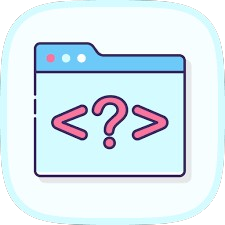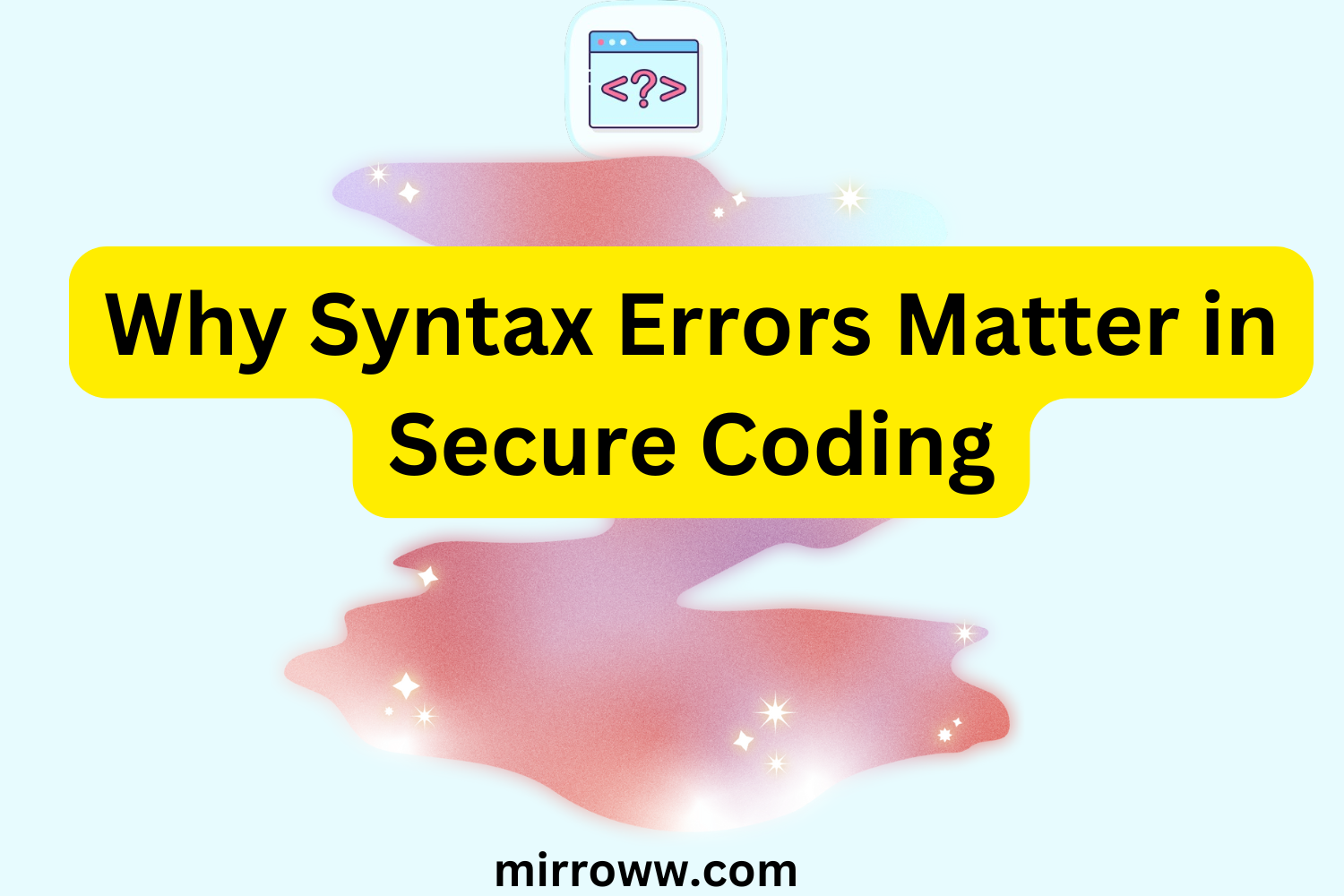In the fast-paced world of software development, syntax errors might seem like minor annoyances—those pesky little hiccups that momentarily derail your coding flow. However, when it comes to secure coding, these seemingly trivial mistakes can open the door to significant security vulnerabilities. Let’s explore how syntax errors can snowball into serious problems and why addressing them is crucial for building robust, secure applications.
The Role of Syntax in Secure Coding
At its core, syntax refers to the set of rules that govern the structure of programming languages. Think of it as grammar for your code. Just like a misplaced comma can change the meaning of a sentence, a single syntax error can disrupt the logic of your program, leading to unintended behavior. In secure coding, this isn’t just about broken functionality—it’s about the potential for exploitation.
How Syntax Errors Happen
Syntax errors typically occur due to:
- Typos: Forgetting a semicolon, misspelling a function name, or using incorrect operators.
- Improper nesting: Mismatched brackets or parentheses.
- Misuse of language-specific constructs: Applying a method or function in a way it wasn’t intended.
These errors might seem innocent enough during development, but when left unchecked, they can cascade into larger, systemic issues.
The Link Between Syntax Errors and Security Vulnerabilities
Here’s the harsh truth: syntax errors can lead to vulnerabilities that cybercriminals are eager to exploit. Let’s break down how this happens:
1. Error Disclosure
Syntax errors often generate error messages that reveal critical details about the application’s structure. For instance, a verbose error message might expose:
- File paths
- Database queries
- Server configurations
These breadcrumbs can guide attackers directly to weak points in your application.
Real-world example: Consider a SQL error message that inadvertently reveals table names. This information can be the first step in a SQL injection attack.
2. Unexpected Behavior
When syntax errors are patched hastily or ignored altogether, they can introduce logical flaws. These flaws might manifest as:
- Privilege escalation: Where an attacker gains access to unauthorized functionalities.
- Broken authentication mechanisms: Allowing unauthorized users to log in.
3. Open Doors for Injection Attacks
Improper handling of syntax errors can also pave the way for injection attacks. When error-handling mechanisms are weak or nonexistent, attackers might inject malicious code into vulnerable points, exploiting the application’s logic.
Story time: In 2017, a financial services company suffered a major breach because an unhandled syntax error exposed its database connection details. An attacker used this to inject malicious SQL commands, compromising millions of records.
Best Practices to Prevent Syntax-Related Vulnerabilities
To safeguard your code and your users, a proactive approach is essential. Here’s how you can fortify your defenses:
1. Automated Code Analysis
Leverage tools like static code analyzers to catch syntax errors early. These tools scan your codebase for common mistakes and flag potential vulnerabilities before they reach production.
2. Error-Handling Mechanisms
Implement robust error-handling strategies to ensure that your application doesn’t leak sensitive information. A few tips:
- Use generic error messages.
- Avoid exposing stack traces in production environments.
- Log detailed errors securely for internal use only.
3. Peer Reviews and Code Audits
No matter how experienced you are, fresh eyes can catch what you might overlook. Regular code reviews help identify not only syntax errors but also logical flaws that could lead to vulnerabilities.
4. Continuous Training
Programming languages evolve, and so do their quirks. Stay updated on best practices and security guidelines to minimize the risk of syntax errors creeping into your code.
5. Unit and Integration Testing
Comprehensive testing ensures that your code behaves as expected under various scenarios. Write test cases specifically designed to uncover errors stemming from edge cases or improper input.
Turning Syntax Errors into Learning Opportunities
Syntax errors aren’t just roadblocks—they’re opportunities to learn and improve. By addressing these errors thoughtfully, you can:
- Enhance your understanding of the programming language.
- Identify patterns in your mistakes, helping you avoid them in the future.
- Strengthen your overall coding practices, leading to more secure applications.
Remember, every great coder started as someone who repeatedly Googled “What does this error mean?” Embrace the process.
A Final Word on Secure Coding
In the grand scheme of software development, syntax errors are small fry. But when it comes to secure coding, they’re the proverbial butterfly flapping its wings, potentially triggering a hurricane of vulnerabilities. By understanding their impact and adopting best practices to address them, you can create applications that are not only functional but also resilient against malicious actors.
Call to Action: Ready to level up your secure coding game? Start by running a thorough audit of your current codebase. Invest in automated tools, foster a culture of peer reviews, and never underestimate the power of good old-fashioned testing. Your users—and your future self—will thank you.
Troubleshooting Syntax Errors in Kotlin: A Developer’s Guide

